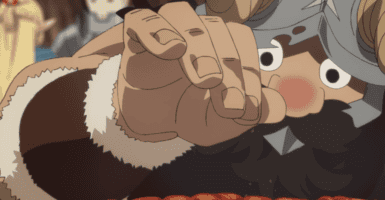Netflix Anime Is A Success Because Of Reality TV
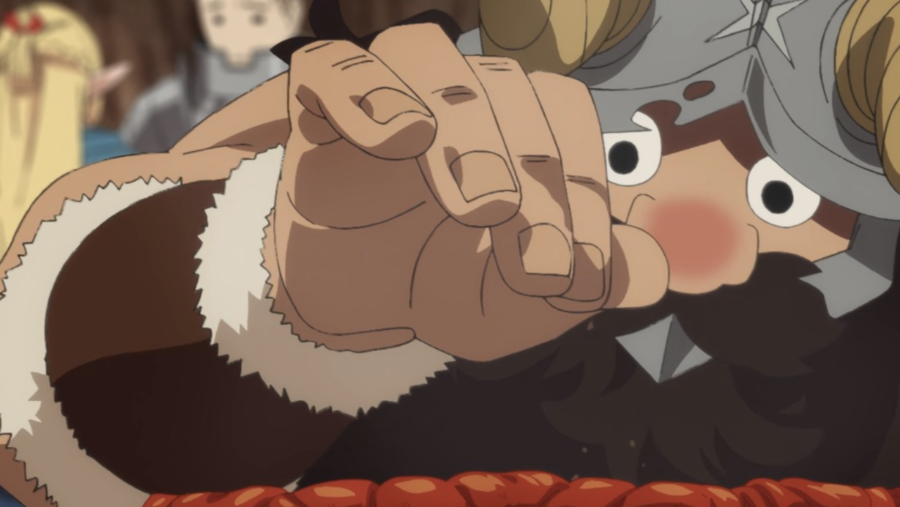
At the beginning of this year, the first episodes of Delicious In Dungeon dropped, and this quirky anime soon found the kind of mainstream appeal usually reserved for venerated classic series such as Cowboy Bebop or Dragon Ball Z.
Instead of focusing on bluesy bounty hunters or fantastic fights, though, this new anime focusing on adventurers surviving one long dungeon crawl by eating the monsters they defeat.
The Delicious In Dungeon Story

I’d been trying to figure out what made so many people (including those who don’t usually watch anime) love the show so much when it hit me: this is basically anime inspired by the hit reality show Chopped.
In case you haven’t tasted the show yourself, here’s the premise of Delicious In Dungeon: our story starts off when a group of adventurers descend into a dungeon and encounter a powerful red dragon. Before everyone experiences a D&D-style total party wipe, the adventurer Falin Touden teleports everyone else to safety.
Her brother and the rest of the party don’t want to leave her in the dangerous dungeon depths, so they decide to go back in and rescue her.
A Unique Predicament

However, the first episode of Delicious In Dungeon lays out the unique predicament that the would-be rescuers left all their gear back in the dungeon, meaning they don’t have enough food to sustain their journey and not enough money to buy more.
That’s when group leader Laios (brother to Falin) proposes something unconventional: eating the monsters they slay along the way.
Doing so has been a private fantasy of his, and it seems like a completely crazy idea. But they end up partying up with a dwarf named Senshi, who has survived for a decade in the dungeon (albeit with occasional supply runs to town) by cooking and eating various monsters.
Delicious In Dungeon’s Charm
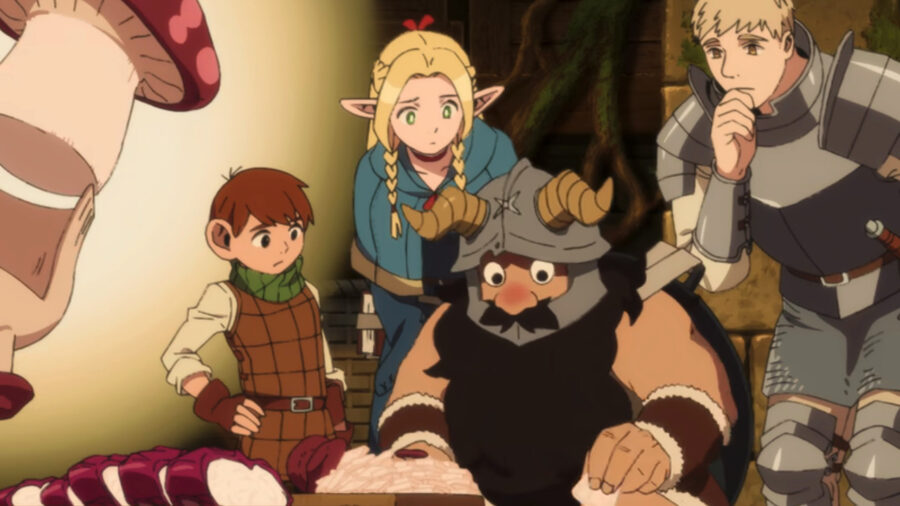
While Delicious In Dungeon does feature our protagonists battling monsters, much of the charm of the show comes from how hilarious it is to watch Senshi turn the nastiest ingredients into the tastiest dishes. In a show filled with amazing spells, this seems like the most fantastic magic trick of them all: turning creatures straight out of a horror movie into Instagram-worthy dishes.
My theory is that the show has attracted a mainstream audience largely thanks to the appeal of reality cooking shows such as Chopped.
Thanks To Chopped And Cooking Shows

If you’ve never watched Chopped, this Food Network show’s gimmick is to constantly throw curveballs at chefs by having them make three meals (appetizer, entree, and dessert), each of which must incorporate all of the strange mystery ingredients they are given. On one memorable occasion, a mystery ingredient was rooster testicle stew; on another occasion, they had to use an entire lamb heart.
Those examples arguably pale to the time the chefs had to whip up something tasty using a goat’s entire head.
Paving The Way For Delicious In Dungeon
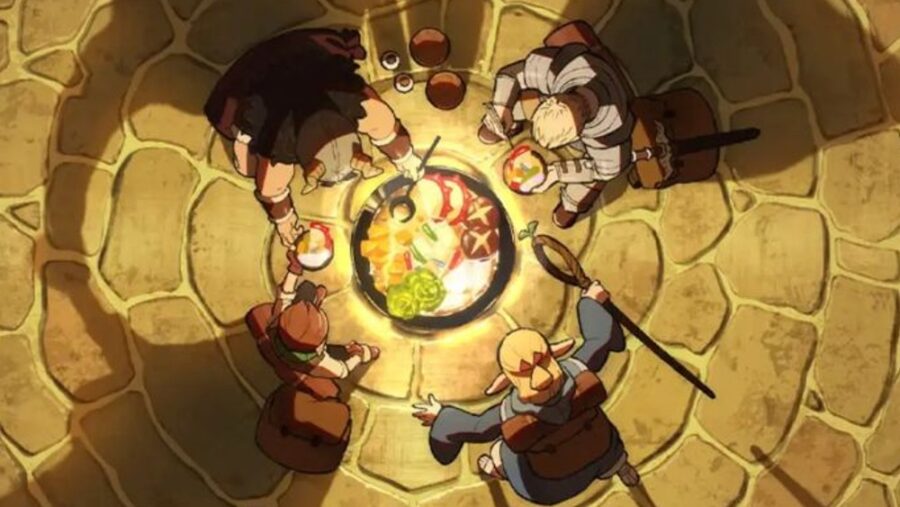
The funny thing about Chopped is that some of the mystery ingredients already sound like dishes that Senshi might whip up in Delicious In Dungeon, like cricket milkshakes.
Even at its grossest, the reality show is strangely compelling, and it has proven to be insanely popular since its debut in 2009 (as of this writing, Chopped has 698 episodes and 39 specials).
The popularity of this cooking show arguably paved the way for the popularity of the anime because after you see chefs whipping up dishes using durian, imitation crab, lime gelatin, and crunchy cheese curls (all mystery ingredients that had to be used together, by the way), Senshi turning monsters into meals seems downright realistic.
Streaming Delicious In Dunegon On Netflix
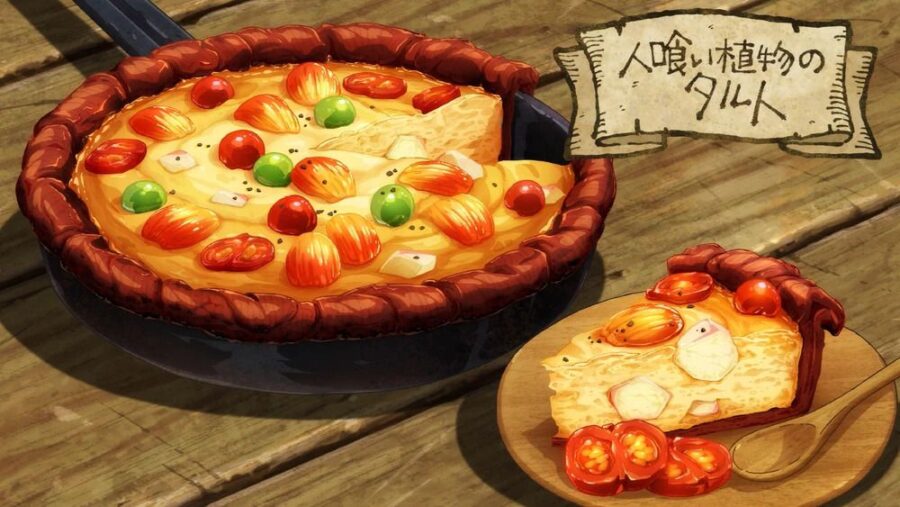
One of the funnier things about Delicious In Dungeon is that it takes the old “anime food always looks so good” trope and applies it to the crazy things everyone’s favorite dwarf whips up.
Much like Chopped, there is an undeniable appeal to seeing the plating and presentation that goes into transforming the nasty ingredients into the most mouth-watering meals. Just think: if Food Network hadn’t unveiled this strange reality show back in 2009, we might not have nearly as many people tuning into this warm, character-driven anime on Netflix.









